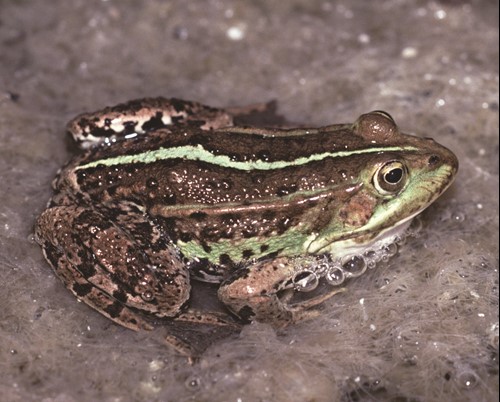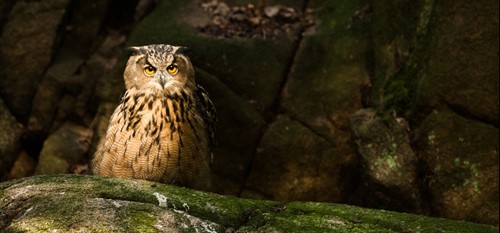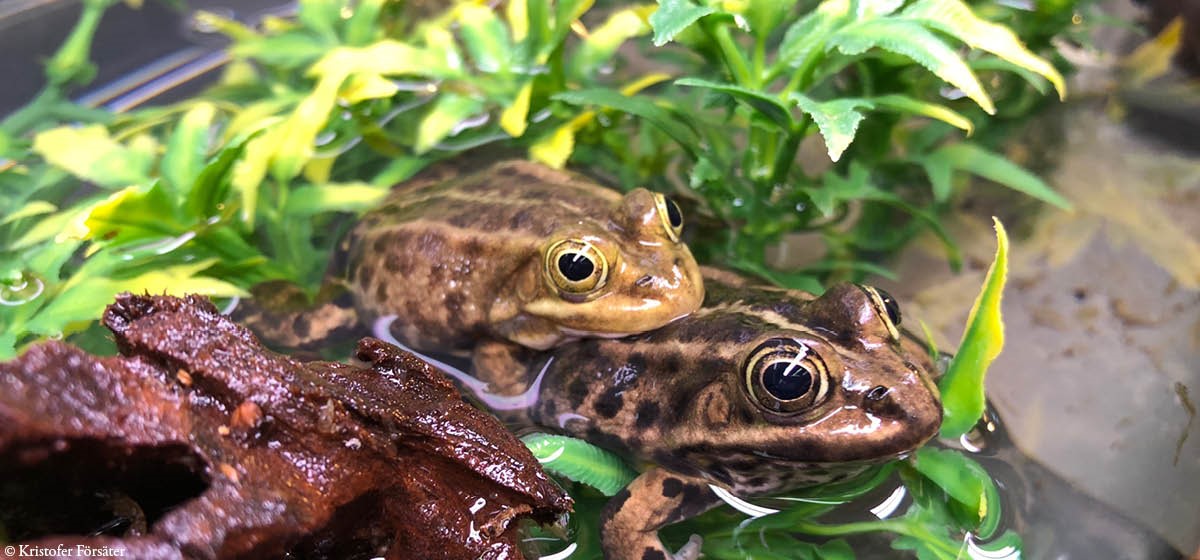Other conservation efforts in Sweden
Nordens Ark’s conservation work encompasses small projects as well as the larger ones.
Assmann's fritillary
Melitaea britomartis
The situation for Sweden's butterflies is alarming. The flower-rich lands that butterflies need have decreased dramatically in the last 50 years, which has led to every fifth butterfly species in Sweden and almost a third of the butterflies being red-listed. Assman's fritillary is one of Sweden's most threatened butterflies and may already be extinct. It has disappeared from seven out of nine counties and today only two smaller areas remain, one in Kalmar and one in Västmanland county, where the butterfly could still be seen flying until 2018.
The main threat to Assman's fritillary is loss of their habitat due to the conversion of agricultural land to forestry. Sweden is the only country in Northern Europe with occurrences of Assman's fritillary. The species is also declining in other parts of its range.

What we do at Nordens Ark
On behalf of the County Administrative Board in Västmanland, Nordens Ark is ready to receive wild-caught Assman's fritillary butterflies to try to develop a breeding population. Unfortunately, no wild butterflies have been observed since 2018 and it is feared that the species is extinct in Sweden.
In collaboration with
County Administrative Board in Västmanland
Reverdin's blue
Plebejus argyrognomon
The Reverdin's blue is one of Sweden's most endangered butterfly species, it is classified as Critically Endangered on the Swedish Red List and despite intensive searching in recent years, the species has not been seen since 2018. The species was previously known from a very limited area in eastern Småland and neighboring parts in the southeast Östergötland. Since 2010, the species has declined drastically in Sweden and in recent years has only been observed in a handful of very individual-poor places.
The main threat to the Reverdin's blue is habitat loss, fragmentation and loss of the licorice milk-vetch host plant, on which the larvae depend. This is as a result of large-scale landscape changes that have taken place in the last 150 years, which has led to the fact that today only 1 percent of former meadows and 10 percent of natural pastures remain. Today, there are very small areas of suitable habitat left, which makes it more and more difficult for the Reverdin's blue to move between the remaining pieces of habitat. In 2020, despite an extensive inventory, the species could not be found at all and it may now be extinct in Sweden.
Since 2014, measures for the species have included a national survey of the species' distribution and planting of the host plant licorice milk-vetch. Despite the fact that no findings have been made during the last years' inventories, it is important to continue inventorying in known and potential locations. If the species turns out to be extinct in Sweden and it is not possible to reintroduce it from other countries, care and restoration efforts are still not completely wasted. The species shares habitat with a number of other species such as butterflies, bees and other insects, which benefit from the measures.
What we do at Nordens Ark
On behalf of the County Administrative Board in Östergötland, Nordens Ark is ready to receive wild-caught Reverdin's blues to try to develop a breeding population. Unfortunately, no wild butterflies have been observed since 2018 and it is feared that the species is extinct in Sweden.
In collaboration with
The County Administrative Board in Östergötland
Pool frog
Pelophylax lessonae
The pool frog is critically endangered in Norway, where there are only about 40 individuals remaining. Kristiansand Zoo has been commissioned by Norway’s Environmental Protection Agency to undertake breeding and rearing in a major pool frog conservation project. Through many years of breeding and keeping pool frogs, Nordens Ark has extensive experience of the species’ biology. Using our skills and expertise, we helped to develop a breeding facility in Kristiansand during 2017-2019 with the aim of producing individuals for release over the next few years.
Eurasian eagle-owl
Bubo bubo
The work on rearing and releasing Eurasian eagle-owls started in 1968 in the South-West of Sweden. Since that time several smaller projects have been launched across the country, from the north to Dalarna, Småland and Skåne. Several of the projects are now completed following successful results. However young eagle-owls are still being released in few areas and Nordens Ark has from the start supported the releases and are still sending young birds to the projects for release.


